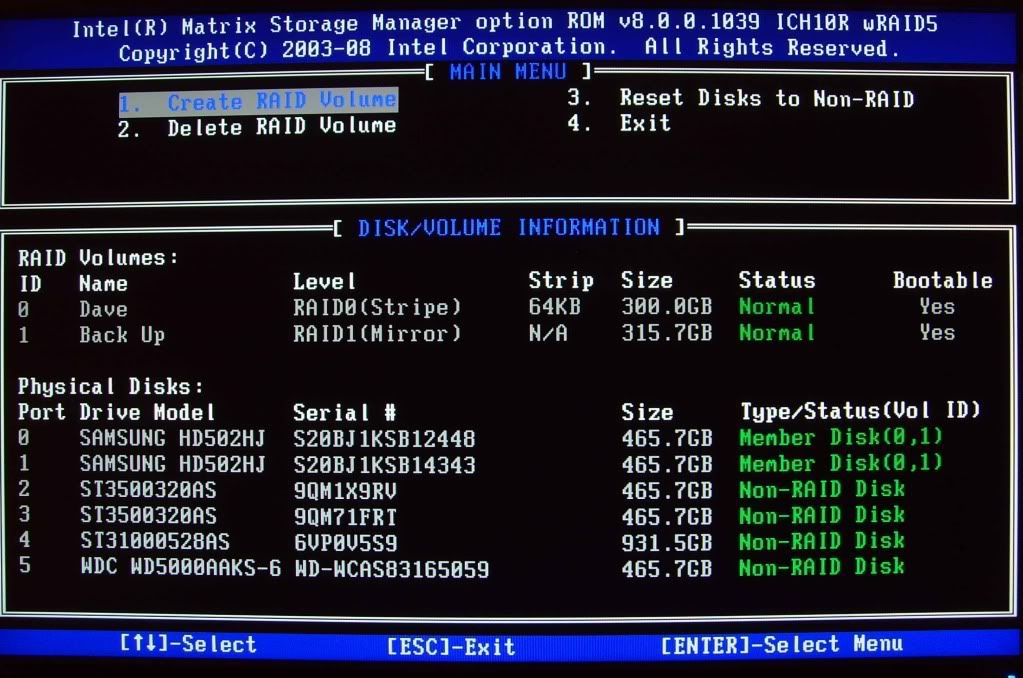It's generally not a good idea to mix raid types on the same drives.
In your second pic it's showing that you have your first partition striped across two disks (RAID 0) which will allow simultaneous reading and writing across the two disks - so around ("up to") twice the throughput - which is good for performance...
Then on the same two disks you have added a mirrored set (RAID 1) - which basically is slower that normal single disks since it has to write the data onto one disk, then a copy on the other. Reading will be off either disk but only at single disk speed.
So basically you are speeding things up using Raid 0, but then slowing it down again by using Raid 1 on the same disks. Also increasing the chance of the first partition failing as it's over two disks, and with no speed benefit.
What are you trying to achieve? Additional speed or resilience?
If you want both, then ideally it would be 2 disks as Raid 0 for os/games etc, and two others for Raid 1 for any important data.
Capacity is also an issue, as obviously with mirroring you loose half your disk capacity on the mirror.
If you're stuck with using two disks, and want both - depends on which is more important - speed, data security or capacity. Erm.... that's three things but you get what I mean.







